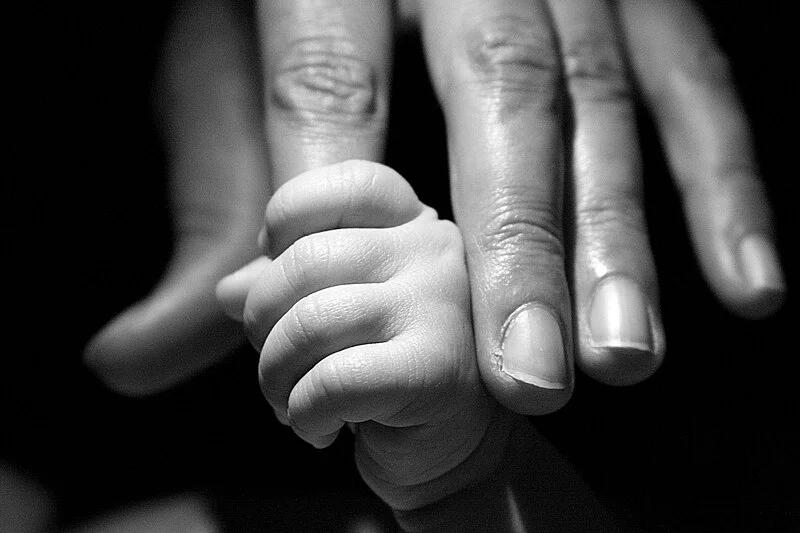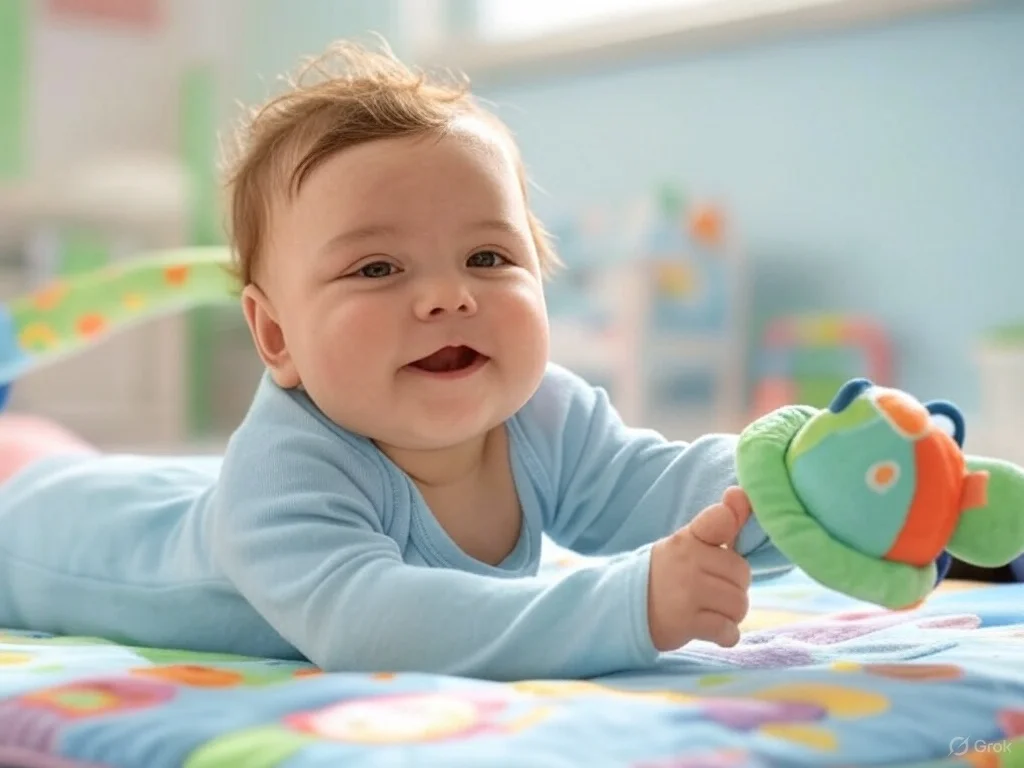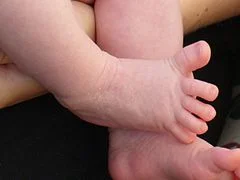🤯 5 Bizarre Reflexes You Didn't Know You Had - Get Ready to Be Amazed! 👀

Introduction: Your Body's Secret Quirks 🤫
The human body is a wonderland of hidden mechanisms, operating on autopilot more often than you think! We're all familiar with common reflexes like sneezing or blinking, but prepare to have your mind blown! Get ready to explore the wonderfully weird side of your nervous system as we uncover 5 bizarre reflexes you probably never knew existed.
These involuntary movements are proof that your body is full of surprises, reacting to the world in ways that are both strange and strangely fascinating. Ready to dive in? Let's get started on this journey into your body's bizarre behaviors!
1. The Startle Reflex: Your Inner Jump Scare Alarm 🚨

Imagine you're peacefully dozing when suddenly a loud BANG echoes! Your body probably leaps into action with the startle reflex, also known as the Moro reflex in infants. This full-body response isn't just a jump; it's a complex sequence involving tensed muscles, wide-open eyes, and even accelerated heart rate.
Scientists believe this reflex is an evolutionary relic, preparing us to face potential threats by maximizing alertness and readiness for fight or flight. While it might feel like an overreaction to a dropped pen, this bizarre reflex is your ancient alarm system, always on guard, ready to protect you from the unexpected! It's a primal, involuntary movement showcasing how deeply wired our survival instincts truly are.
2. The Grasping Reflex: Born to Hold On Tight! 👶

Ever noticed how a newborn baby, with their tiny hand, can grip your finger with surprising strength? That's the grasping reflex in action! Stroke a baby's palm, and their fingers will automatically curl around yours with an impressive hold. This bizarre reflex is present at birth and typically fades away after a few months. While it might seem like a cute party trick, the grasping reflex is thought to be crucial for survival in our primate ancestors.
It allowed infants to cling tightly to their mothers, ensuring they wouldn't be dropped. Even as adults, a vestige of this reflex might appear subtly, a gentle, unconscious tightening of the hand when something brushes the palm. It’s a fascinating reminder of our evolutionary past, a deeply ingrained, involuntary movement from our earliest days.
3. The Landau Reflex: Superman in Training? 🦸

Witness the Landau reflex in infants and you might think they're trying out for a superhero audition! When held horizontally in the air, a baby will often arch their back, lift their head, and extend their arms and legs – resembling a miniature Superman soaring through the sky. This bizarre reflex typically emerges around 3-4 months of age and disappears by 12 months.
While the exact purpose is still debated, it's believed to play a role in developing posture and muscle tone, preparing babies for later movements like crawling and walking. It's an involuntary movement that's both adorable and a testament to the intricate developmental processes happening in early infancy. So, next time you see a baby in 'Superman' pose, remember you're witnessing a bizarre reflex in its full glory!
4. The Rooting Reflex: Nature's Built-in Feeding Guide 🍼

Imagine being a newborn, relying entirely on reflexes for survival. The rooting reflex is a prime example of this natural programming. Gently stroke a baby's cheek or the corner of their mouth, and watch as they automatically turn their head in that direction, mouth open and ready to feed. This bizarre reflex is essential for newborns to find a food source.
It ensures that when a baby's cheek brushes against the nipple or bottle, they instinctively orient themselves for nursing. It's a beautifully designed involuntary movement, perfectly illustrating how nature equips infants with the tools they need to thrive from day one. This reflex typically fades as the baby learns to intentionally seek nourishment, but it remains a fascinating example of our innate survival mechanisms.
5. The Plantar Reflex (Babinski Reflex): Toe Tales of the Nervous System 👣

Here's a bizarre reflex that even doctors check! Run a pointed object along the sole of your foot, and observe your toes. In most adults, the plantar reflex causes toes to curl downwards. However, in infants and individuals with certain neurological conditions, the response is different: the big toe extends upwards, and the other toes fan out. This is known as the Babinski sign.
This bizarre reflex difference is a key neurological indicator. In babies, it's normal because their nervous system is still developing. In adults, an absent or abnormal plantar reflex can signal underlying issues in the brain or spinal cord. It’s an involuntary movement that’s more than just a toe wiggle; it’s a window into the health of your nervous system, highlighting the complex wiring within us all.
Your Amazing, Reflex-Rich Body! ✨
From jump scares to toe wiggles, your body is a symphony of reflexes, many of which operate behind the scenes, without you even realizing it! These 5 bizarre reflexes are just the tip of the iceberg when it comes to the incredible, involuntary actions that keep us safe, help us develop, and connect us to our evolutionary past.
So, the next time you experience one of these strange body reactions, take a moment to appreciate the hidden wonders of your own physiology. Your body is truly amazing, full of bizarre and fascinating reflexes that make you, YOU! Did any of these reflexes surprise you? Share your thoughts in the comments below! 👇
Comments
Loading comments...